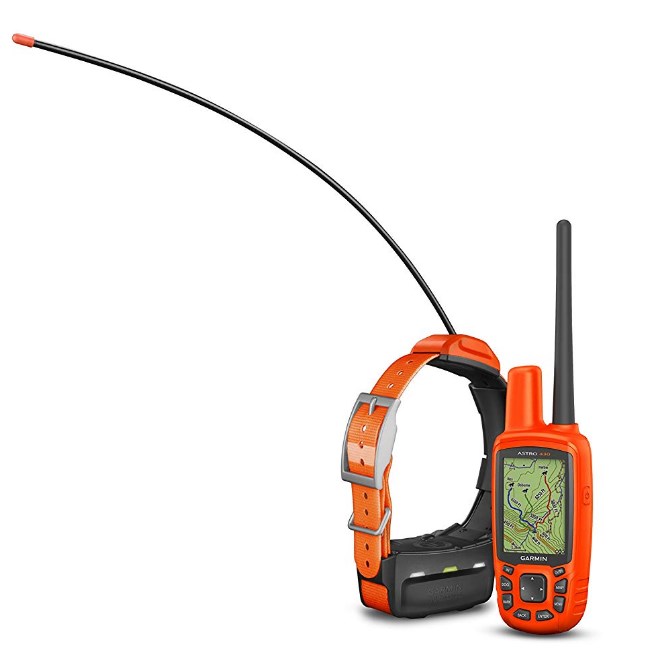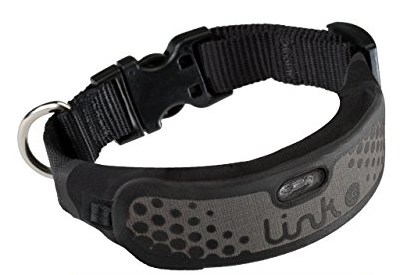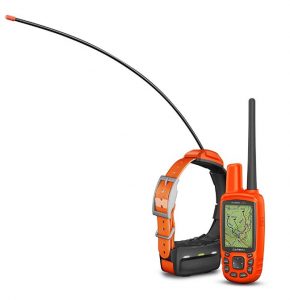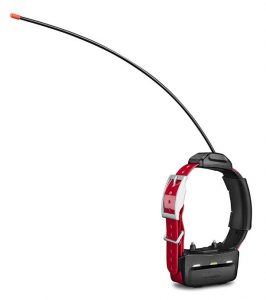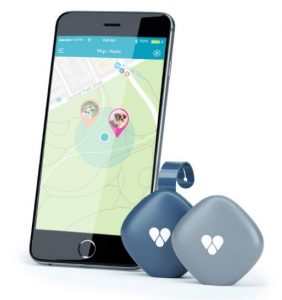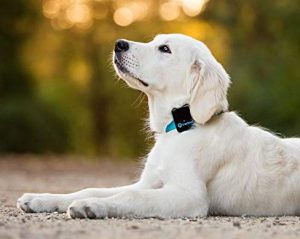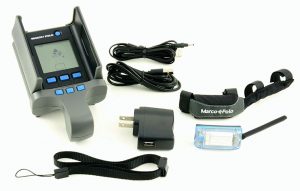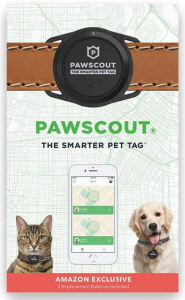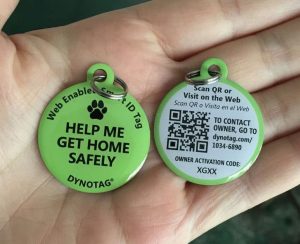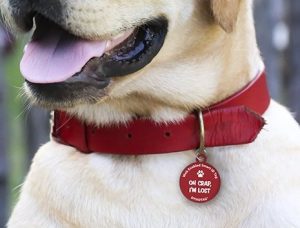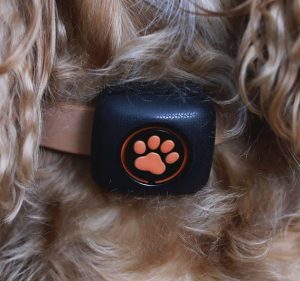A good pet GPS tracker helps you find your dog if they ever escape. Now, you might think that your dog will never escape, but this just isn’t true. Dogs escape all the time. They run out the door, dig under the fence, or even jump over the fence.
It happens. A GPS tracker makes finding them so much easier. This article will cover some of the best GPS trackers available on the market.
What Are Dog Trackers?
Here is some basic information about a GPS tracker. Most dog owners do not even know that these exist.
How do GPS pet trackers work?
Basically, they are just a GPS transponder that is attached to a dog collar. Different collars have different functionality though.
![]() Some work the same as the smartphone app “Find my Phone” and allow you to pinpoint the exact GPS coordinates of the transponder on an app. Others are entirely self-contained and do not rely on GPS or your cellphone network.
Some work the same as the smartphone app “Find my Phone” and allow you to pinpoint the exact GPS coordinates of the transponder on an app. Others are entirely self-contained and do not rely on GPS or your cellphone network.
You do have to charge the transponder. The battery life just depends on the model. Most transponders have a battery life of a few days.
How much do dog trackers cost?
The cost of the transponder is probably not as high as you think. However, the ones that allow real-time tracking on an app will have a monthly subscription cost. The monthly cost is usually about $10 per month.
Where can trackers be used?
You can use them with your dog or other pet that wears a collar. Honestly, if you can put a collar on it, then you can track it with a GPS tracker. This obviously has legal consequences depending on what you track, so make sure to check local laws before attaching the collar to anything other than your pet.
What Pet Tracker Is Best For Me?
The type of dog tracker that you should choose depends on a few factors. These include your location, your budget, and the size and age of your dog.
- Location
Location is perhaps the most important thing to consider before purchasing a tracker. If you have a large backyard in a rural area with poor cell phone service, then a GPS tracker that relies on cell phone service is a bad choice. You can still use a GPS tracker, but it cannot be attached to cell phone service. A radio frequency tracker of some sort will most likely be your best option. Although they are more difficult to use.
Now, if you live in an urban environment with good cell phone service and have a large dog that can travel far, then a GPS tracker that relies on cell phone service will work better. However, you do have to pay a subscription fee.
Finally, if you have a small dog and just want to track them on an unleashed walk, then a Bluetooth tracker should work fine. Your dog can’t travel far and the Bluetooth tracker will make finding your dog easy. - Budget
Budget is another thing to take into consideration. Some trackers have a monthly service fee that you must pay. This ranges from $6/month to about $15/month.
Two types of trackers will have a subscription fee: GPS trackers that rely on a cell phone service and GPS trackers that rely on satellite.
The right type of GPS tracker just depends on your location. The price difference between the two is negligible.
No other type of tracker requires a monthly fee. - Size and Age of Your Dog
Finally, the size and age of your dog is something that will impact your choice of the tracker. A young and large dog will be able to run very far distances. This means that they can easily escape the range of anything but a GPS tracker.
A smaller dog just won’t be able to cover great distances, which means that a device with a 3-mile radius will usually work. This, of course, depends on how long your dog has been missing. Obviously, you should always choose the device with the largest range that you can afford. - Activity Tracker
One other type of tracker we will cover is an activity tracker. These can track your dog’s walking, sleeping, and eating. They can help keep your dog healthy.
However, an activity tracker cannot effectively locate your dog. You must purchase a location tracker if you want to track the location of your dog. - Path history
An important thing to look for in a GPS dog collar is path history. This feature might sound minor, but it’s actually super convenient if you have a yard. It allows you to track the exact spot that your dog escaped. - Battery life
Battery life is another important factor. In fact, it’s the most important thing with a GPS tracker. Your tracker only works when the battery works, so you want one with long battery life. - Monthly fee
The monthly fee is the final thing you should consider before purchasing a GPS tracker. Not all the GPS trackers have a monthly fee. The monthly fee is only for those that use a cell phone tower, which will provide more range. This fee usually costs under $10 per month. - Fitness tracking
Fitness tracking is another nice to have feature. Basically, it will tell you the amount of exercise your dog gets each day. Some of the nicer fitness tracking apps will let you set fitness goals for your dog.



